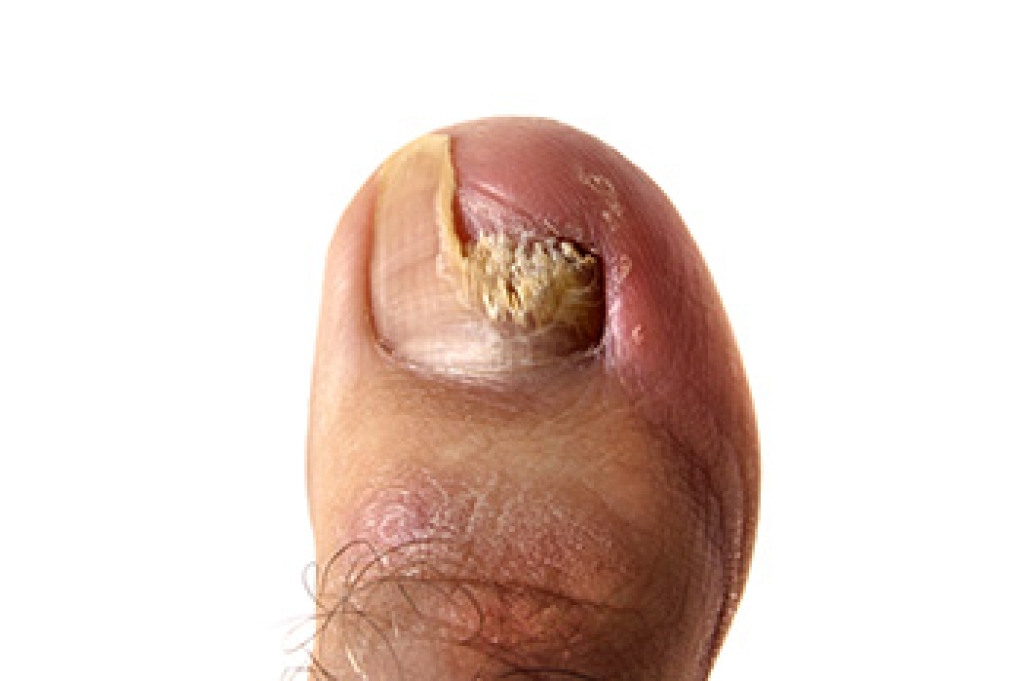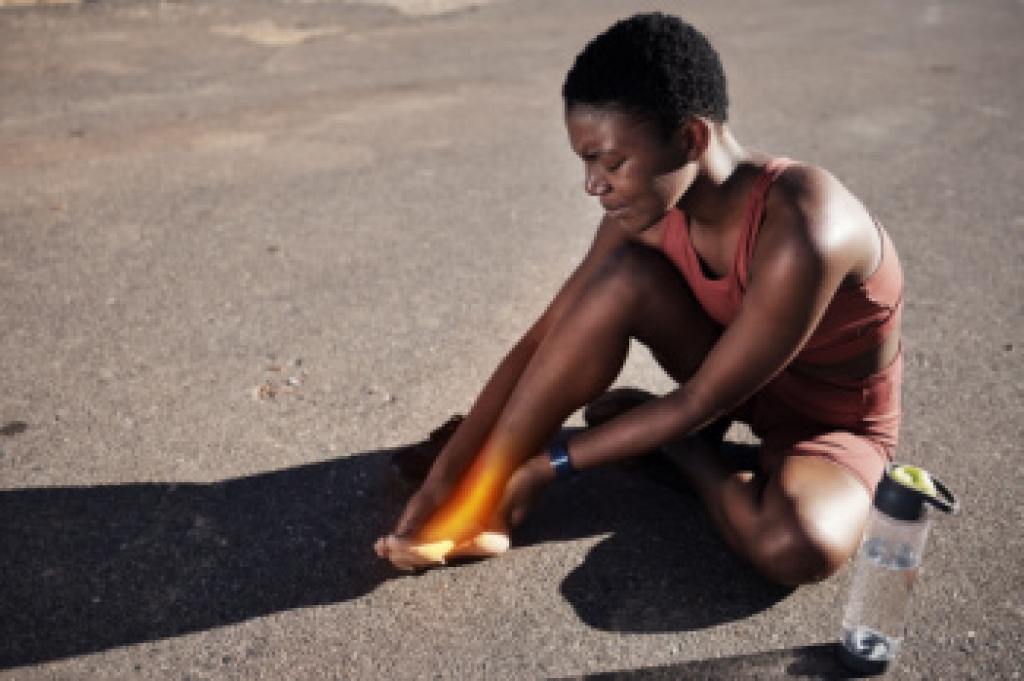
A fungal nail infection often begins subtly, showing up as a small change in color or texture on one nail. Over time, the nail may thicken, become brittle, or develop a yellow or white appearance. Some people notice a slight odor or feel pressure in the toe when wearing closed shoes. Although the condition is not usually painful at first, it can progress and spread to other nails, if it is not addressed. Warm, moist environments such as locker rooms, areas around pools, and sweaty shoes make it easier for fungi to thrive, which is why prevention and early care matter. Treating the infection can take time because the nail must grow out fully, but timely attention supports better results and healthier feet. If you see persistent changes in a toenail, it is suggested that you schedule an appointment with a podiatrist for proper evaluation and appropriate treatment.
If left untreated, toenail fungus may spread to other toenails, skin, or even fingernails. If you suspect you have toenail fungus it is important to seek treatment right away. For more information about treatment, contact one of our podiatrists of Arcadia Foot and Ankle. Our doctors can provide the care you need to keep you pain-free and on your feet.
Symptoms
- Warped or oddly shaped nails
- Yellowish nails
- Loose/separated nail
- Buildup of bits and pieces of nail fragments under the nail
- Brittle, broken, thickened nail
Treatment
If self-care strategies and over-the-counter medications does not help your fungus, your podiatrist may give you a prescription drug instead. Even if you find relief from your toenail fungus symptoms, you may experience a repeat infection in the future.
Prevention
In order to prevent getting toenail fungus in the future, you should always make sure to wash your feet with soap and water. After washing, it is important to dry your feet thoroughly especially in between the toes. When trimming your toenails, be sure to trim straight across instead of in a rounded shape. It is crucial not to cover up discolored nails with nail polish because that will prevent your nail from being able to “breathe”.
In some cases, surgical procedure may be needed to remove the toenail fungus. Consult with your podiatrist about the best treatment options for your case of toenail fungus.
If you have any questions please contact our offices located in Scottsdale, North Scottsdale, Mesa, and Sun City, AZ . We offer the newest diagnostic and treatment technologies for all your foot and ankle needs.






